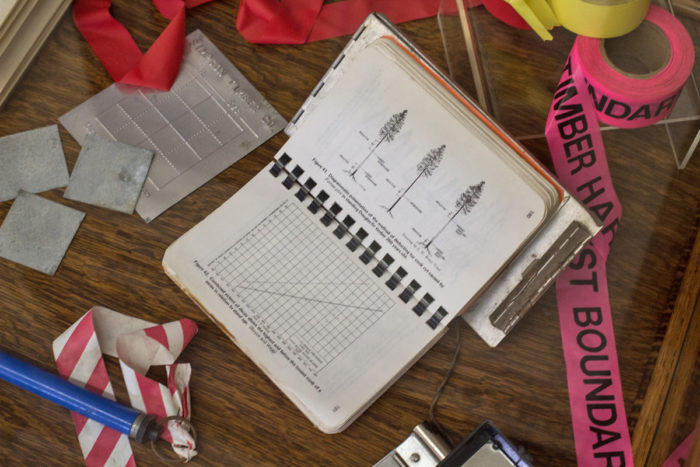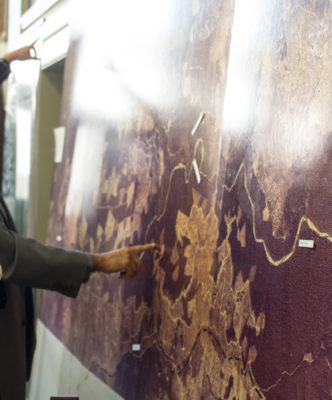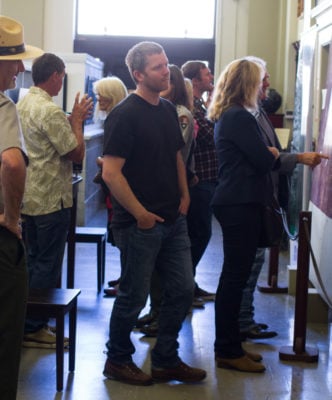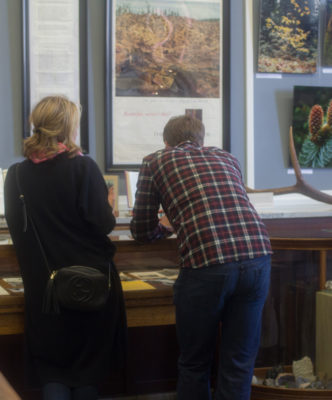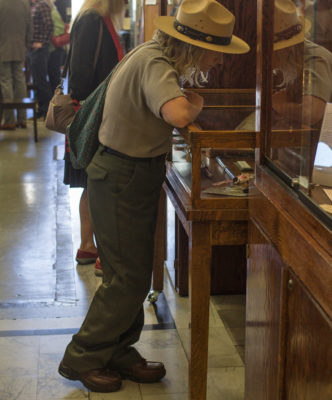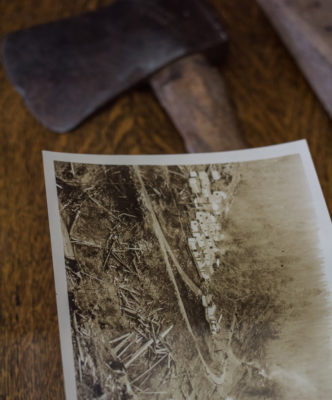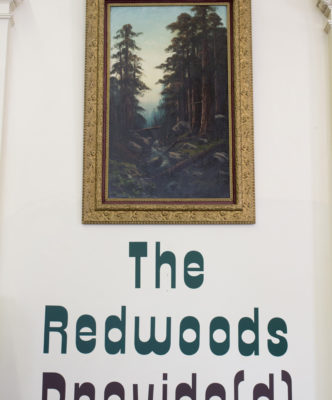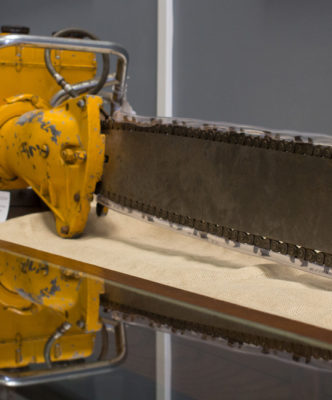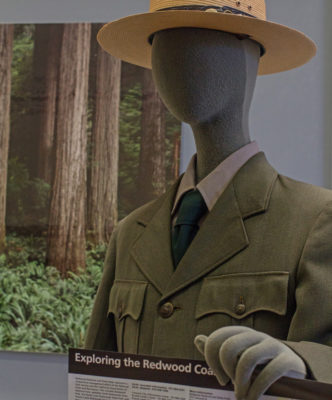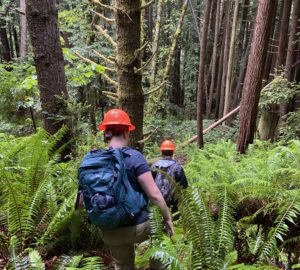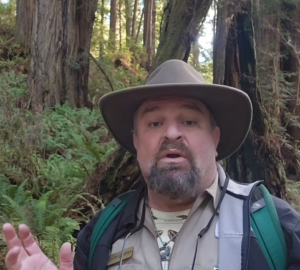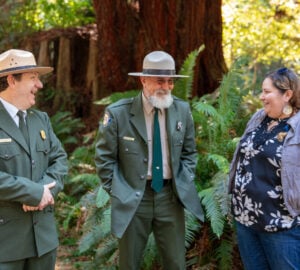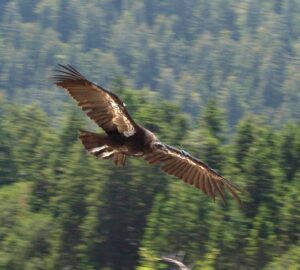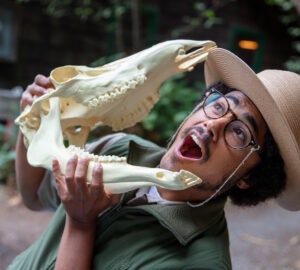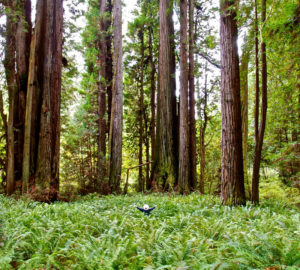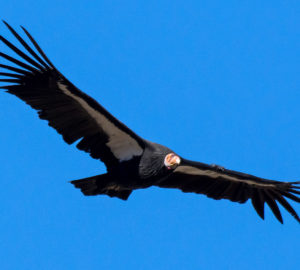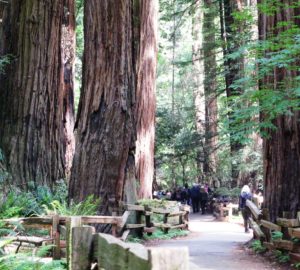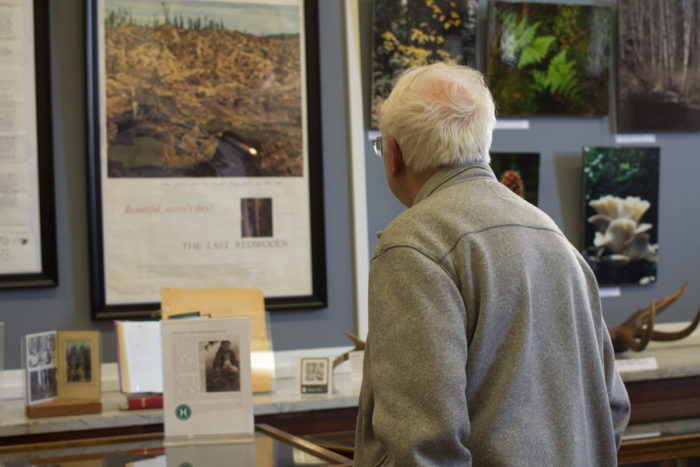
The exhibit investigates the range of attitudes felt by people who supported or opposed creating a Redwood National Park in the 1960s. At the time, new and improved technologies meant loggers could work faster than ever before, so the industry boomed. Meanwhile, a new, dedicated environmental movement grew, partly in response to the rapid decline in old-growth coast redwood forests. Not surprisingly, the two communities opposed each other. Redwoods Provide(d) explores both perspectives.
The exhibit, which is set to run until January 5, 2019, is one of several events celebrating Redwood National Park’s 50th anniversary. Save the Redwoods League, which is celebrating its 100th anniversary this year, is a sponsor of the exhibit.
Items on display include a massive, 7.5-foot-long chainsaw used to cut old-growth trees; an original copy of a 1964 National Geographic article that bolstered public support for the park; and various chests and bowls crafted out of redwood burls, a coveted part of the redwood tree that has an intricate swirling pattern in its wood.
One cabinet displays historical photos from the League’s early days, long before Redwood National Park was established in 1968. In the 1920s and 1930s, the League championed the creation of other public parks in the area, which led to the establishment of Del Norte Coast, Jedediah Smith, and Prairie Creek Redwoods State Parks. Today, the four parks form the Redwood National and State Parks complex. Since the 1920s, the League has completed over 140 transactions, adding more than 55,000 acres to the four parks.
Despite the growing conservation movement, by the 1960s, around 90 percent of old-growth coast redwood forests had been logged. Establishing Redwood National and State Parks proved to be a critical intervention.
Today, Redwood National and State Parks span 139,000 acres. Lush old-growth redwood forests cover large tracts of the parks and make up 45 percent of the remaining old-growth coast redwood forest. Several threatened species, including the tidewater goby, Chinook salmon, northern spotted owl, and Steller sea lion, make their homes in these parks.
As we celebrate the League’s Centennial, we invite you to visit the Clarke Historical Museum to learn about Redwood National and State Parks (external link) and join us for our other celebration events throughout the state all year long.
Did you know that two-thirds of Redwood National and State Parks were historically logged? Learn how we’re working to restore the forests within the parks together with the National Park Service and California State Parks.
